Biografia Acadêmica
O Prof. Gustavo M. Dalpian trabalha na área de Simulação Computacional de Materiais, utilizando variadas técnicas teóricas para entender as propriedades de materiais. Atenção especial é dada a materiais nanoestruturados, defeitos em materiais, interfaces sólido-líquido e magnetismo.
O grupo possui acesso aos maiores centros de computação de alto desempenho do Brasil, incluindo o supercomputador Santos Dumont e o CENAPAD. Além disso, o grupo possui acesso a um cluster de computadores instalado na UFABC, com grande poder computacional. Informações sobre os trabalhos publicados, membros do grupo e outros detalhes podem ser obtidos na homepage do grupo.
Publicações do Quadriênio
Desculpe, nenhuma publicação.






